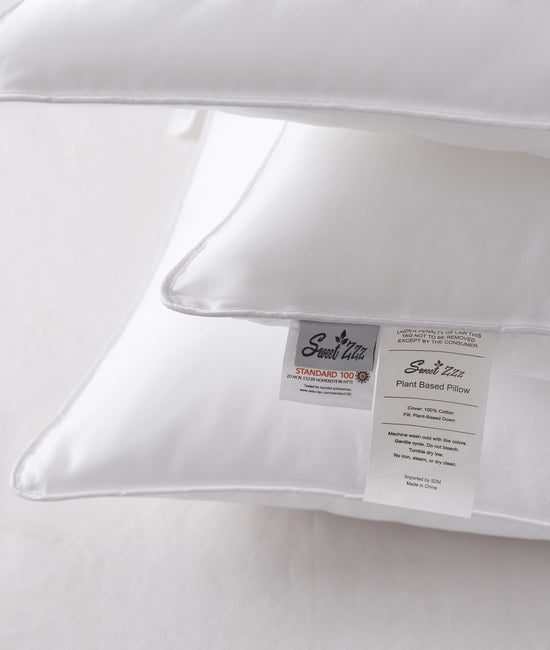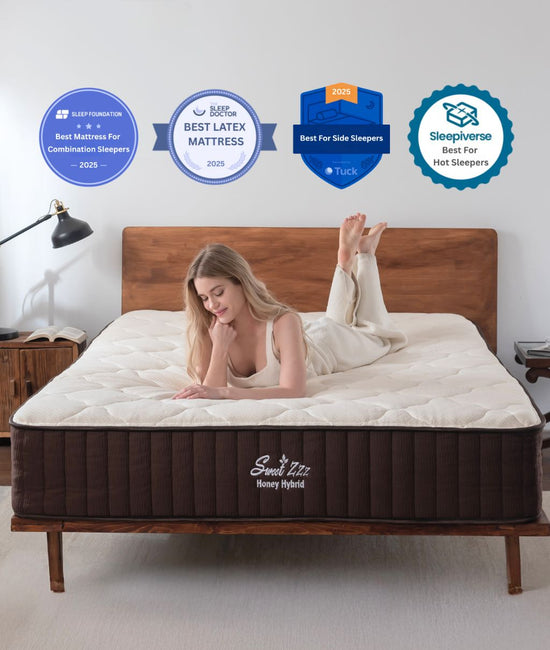What is The Smart Way to Nap?
Einstein did it.
Da Vinci swore by it.
Churchill, Edison, and even modern CEOs still do it today.
We're talking about napping—but not the “accidentally slept for 2 hours and now I’m groggy” kind.
We mean strategic, science-backed, energy-boosting naps that sharpen your brain, not scramble it.
Here’s how to nap like the world’s most productive minds—without ruining your night’s sleep.
Why Napping Works (If You Do It Right)

Napping isn't lazy—it’s restorative. Studies show that short naps:
-
Improve memory and learning
-
Reduce stress and anxiety
-
Boost creativity and alertness
-
Lower risk of heart disease
The key? Timing and structure.
Nap too long or too late, and you’ll wake up groggy or ruin your ability to fall asleep at night.
The 4 Types of Naps (And When to Use Them)
1. The 10–20 Minute Nap

🔋 Best for: Quick energy, focus, mood reset
✅ Easy to fit into your day
✅ Won’t cause grogginess
✅ Great right before a big meeting or task
This is the ultimate “power nap.” Your brain doesn’t enter deep sleep, so you wake up refreshed, not foggy.
2. The 30-Minute Nap

Warning: This can leave you groggy (sleep inertia)
You’re starting to enter deeper sleep, but not finishing the cycle—so use with caution.
✅ Great for days when you’re truly sleep-deprived
❌ Avoid if you have to be sharp immediately after
3. The 60-Minute Nap

Best for: Memory retention and learning
Reaches deep sleep for brain restoration
You may feel groggy upon waking, so give yourself 10–15 minutes to reorient
4. The 90-Minute Nap

Best for: Full reset without sleep disruption
✅ You complete a full sleep cycle (light, deep, REM)
✅ Can enhance creativity, emotional regulation, and problem-solving
❌ Don’t nap this long late in the day—it will mess with your nighttime sleep
When Is the Best Time to Nap?
The ideal nap window is between 1:00–3:00 p.m.
That’s when most people experience a natural energy dip and a small drop in body temperature.
Napping too late can delay your melatonin release and disrupt your sleep schedule.
Where You Nap Matters More Than You Think
If your nap environment is noisy, hot, or uncomfortable, you’ll spend more time trying to fall asleep than actually resting.
✅ Make your nap space:
-
Quiet (use white noise if needed)
-
Cool and dim
-
Distraction-free
-
Supportive and soft (but not too cozy that you oversleep)
The Honey Hybrid Organic Mattress from Sweet Zzz cradles your body with natural support and breathability—perfect for fast, restorative naps. Add our plant-based pillow and bamboo sheets for a quick, clean sleep setup that resets your mind without overheating your body.
Bonus Tip: Try a “Coffee Nap”
Drink a small cup of coffee, then immediately take a 20-minute nap.
Caffeine takes about 20 minutes to kick in, so by the time you wake up, you’ll feel doubly refreshed.
It’s a favorite among athletes and entrepreneurs for a reason.
Final Thoughts: Napping Isn’t Lazy—It’s Smart
The world’s most brilliant minds didn’t just nap—they strategized their rest.
With the right timing, duration, and setup, a short nap can restore hours of lost energy, boost creativity, and keep you functioning at your best.
It’s not about sleeping more.
It’s about sleeping smarter.








